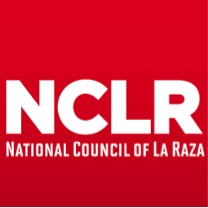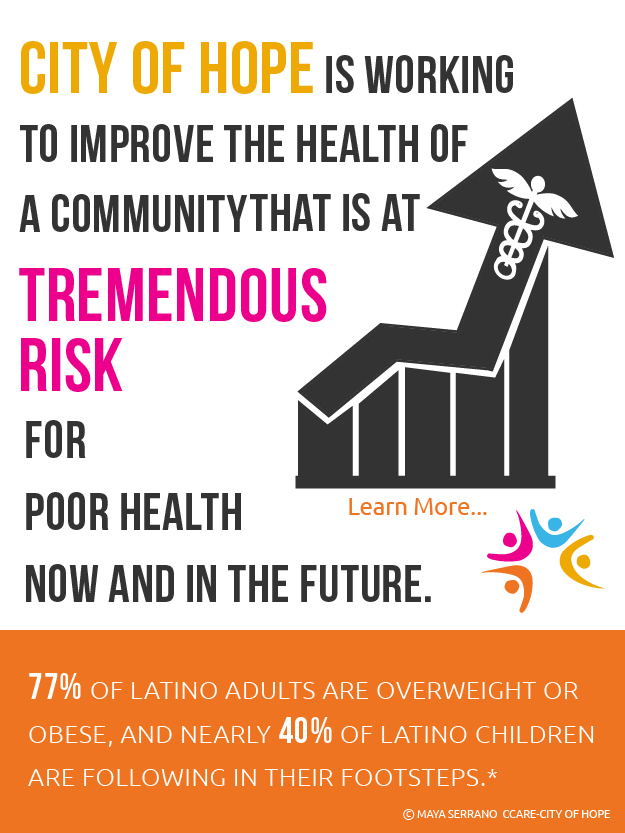
Profiles of Latino Health 2015: A Closer Look at Latino Child Nutrition
10/07/2015 05:00PM | 8158 viewsChildhood hunger and obesity, often two sides of the same coin, continue to challenge the health and overall well-being of American children.
The depth of these issues has prompted policymakers at the federal, state, and local levels to recognize that the health of future generations is contingent on improving the nutritional status of American families.
First Lady Michelle Obama, together with leaders in Congress, made childhood obesity and nutrition a top policy priority for the nation. In 2015, Congress has an opportunity to maintain and strengthen critical child nutrition programs authorized under the Healthy, Hunger-Free Kids Act of 2010, which is set to expire on September 30, 2015. While these and other efforts help ensure that millions of children can access healthy and nutritious foods, too many children continue to struggle. One in six families still reported not having enough food at some point 2014,1 and nearly 32% of all American children were overweight or obese in 2012.2
Addressing the unique needs of the Latino3 population must be an integral part of any strategy to promote and improve child nutrition. There are currently over 17.5 million Hispanic children in the U.S, representing one in every four children.4 Hispanic children are the fastest-growing segment of the child population in this country and expected to represent nearly one in three children by 2040.5 They are also among the hungriest in America, making up about 30% of children living with hunger.6
Latino children have one of the highest risks for obesity; researchers estimate that nearly 40% of all Latino children ages two to 19 were overweight or obese in 2012.7 Because hunger and obesity have serious implications for the developmental and health outcomes of children and adolescents, it is imperative to take action now to better address the myriad factors influencing poorer nutrition and health outcomes among Latino children. NCLR’s health policy work aims to improve this situation and increase the opportunity for Latino children to enjoy a bright future with good health. With updates to a 12-part series first produced in 2010, Profiles of Latino Health: A Closer Look at Latino Child Nutrition provides the latest research and data on issues affecting Latino child nutrition.
1Food Research and Action Center, How Hungry is America? FRAC’s National, State, and Local Index of Food Hardship. (Washington, DC: Food Research and Action Center, 2015), http://frac.org/pdf/food_hardship_2014.pdf (accessed May 2015).
2Cynthia L. Ogden et al., “Prevalence of Childhood and Adult Obesity in the United States, 2011–2012,” JAMA 311, no. 8 (2014): 806–814.
3The terms “Hispanic” and “Latino” are used interchangeably by the U.S. Census Bureau and throughout this document to refer to persons of Mexican, Puerto Rican, Cuban, Central and South American, Dominican, Spanish, and other Hispanic descent; they may be of any race. Unless otherwise noted, estimates in this document do not include the 3.7 million residents of Puerto Rico. Comparison data for non-Hispanic Whites and non-Hispanic Blacks are identified “Whites” and “Blacks.”
4David Murphey, Lina Guzman, and Alicia Torres, America’s Hispanic Children: Gaining Ground, Looking Forward (Bethesda, MD: Child Trends, 2014), www.childtrends.org/wp-content/uploads/2014/09/2014-38AmericaHispanicchildren.pdf (accessed May 2015).
5U.S. Census Bureau, America's Children in Brief: Key National Indicators of Well-Being, 2014, “Table POP3,” www.childstats.gov/americaschildren/tables/pop3.asp (accessed May 2015).
6Alisha Coleman-Jensen, Christian Gregory, and Anita Singh, Household Food Security in the United States in 2013, Economic Research Report 173. U.S. Department of Agriculture. Washington, DC, 2014.
7Cynthia L. Ogden et al., “Prevalence of Childhood and Adult Obesity.”












Post your Comment
Please login or sign up to comment
Comments